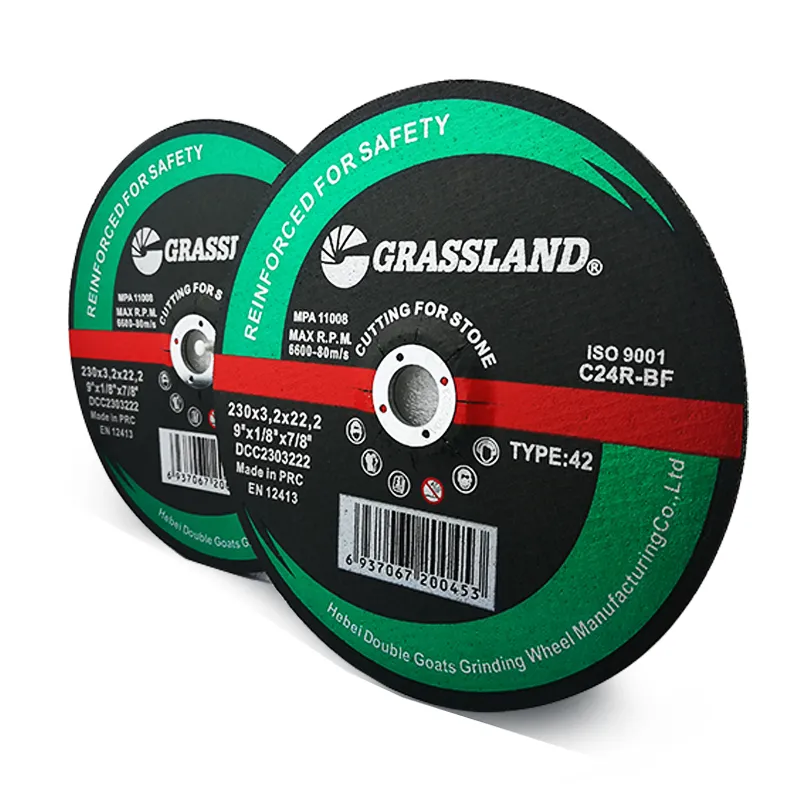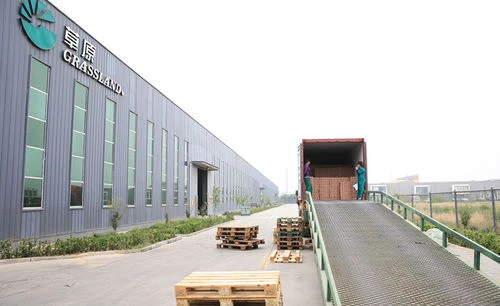

Moreover, authoritative guidelines stress the importance of personal protective equipment (PPE). Safety glasses, hearing protection, and gloves form the frontline defense against flying debris and the high-decibel noise produced during metal cutting. More advanced users might invest in fire-resistant clothing, particularly when working in environments where sparks are likely to ignite surrounding materials. Trust in a cutting wheel's performance also stems from recognizing signs of wear and knowing when to replace it. A worn-down wheel can sluggishly cut metal and might even shatter mid-operation. Inspecting wheels before each use for cracks or chips ensures a trustworthy and seamless cutting experience. In a professional domain, trustworthiness is also demonstrated through adherence to industry standards for both the tools and the materials being fabricated. Using cutting wheels that comply with ISO 9001 guidelines, for instance, guarantees that they have been manufactured under stringent quality controls. For those considering the environmental footprint of their tools, some innovative brands offer cutting wheels that use eco-friendly materials without sacrificing performance. This dual focus on efficiency and environmental responsibility is becoming increasingly vital in manufacturing circles, appealing to forward-thinking craftsmen who aim to reduce their ecological footprint. In conclusion, the angle grinder cutting wheel for metal is much more than a mere component of a power tool. Its proper selection, handling, and maintenance encapsulate a blend of experience, expertise, authority, and trustworthiness. By integrating these aspects, users can achieve unparalleled efficiency and precision, transforming their metalworking into an art form that stands the test of time. As such, putting thought into each phase of its application not only elevates the standard of work but also ensures the safety and sustainability of practices within the metalworking industry.
Post time:Jan - 24 - 2025

















